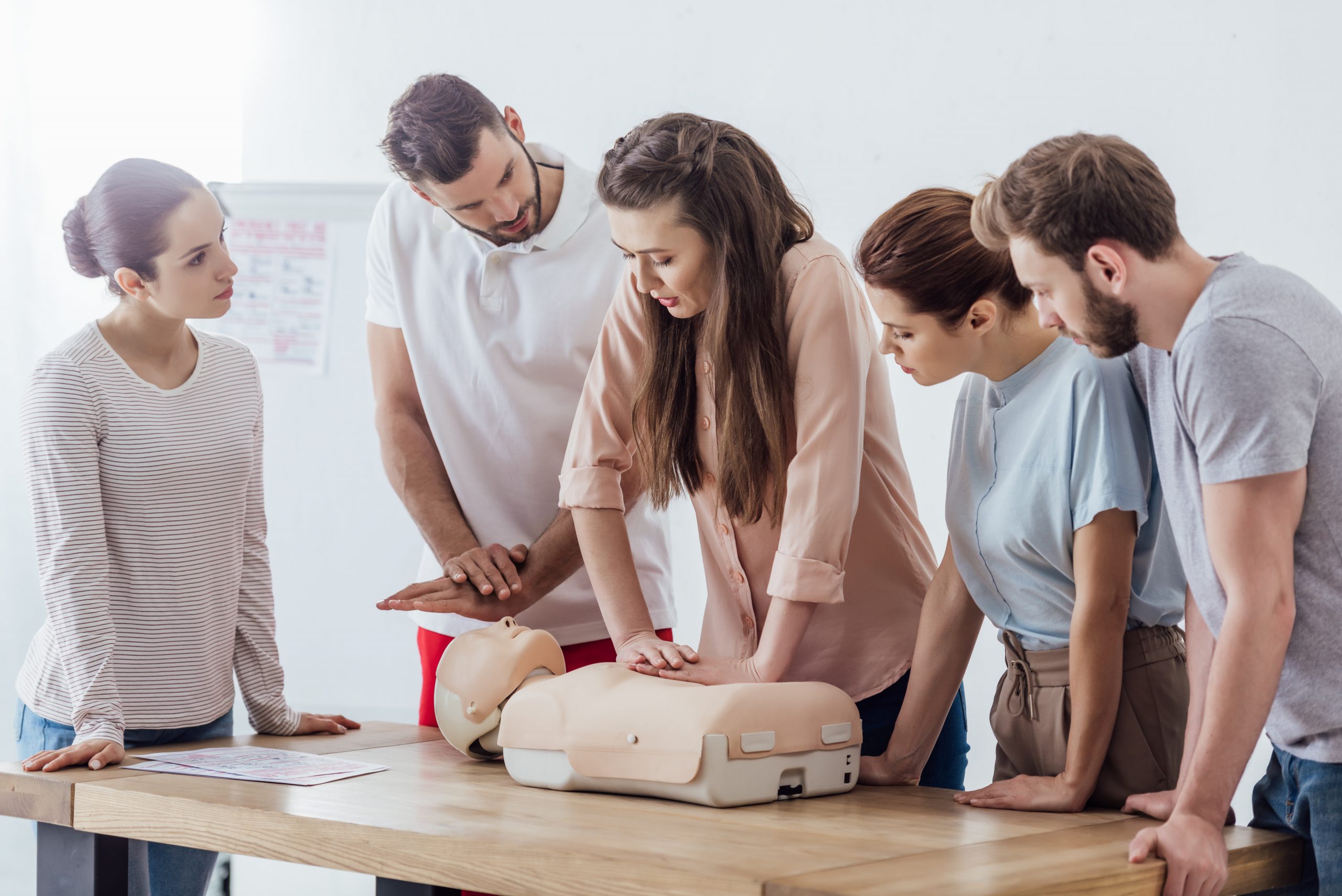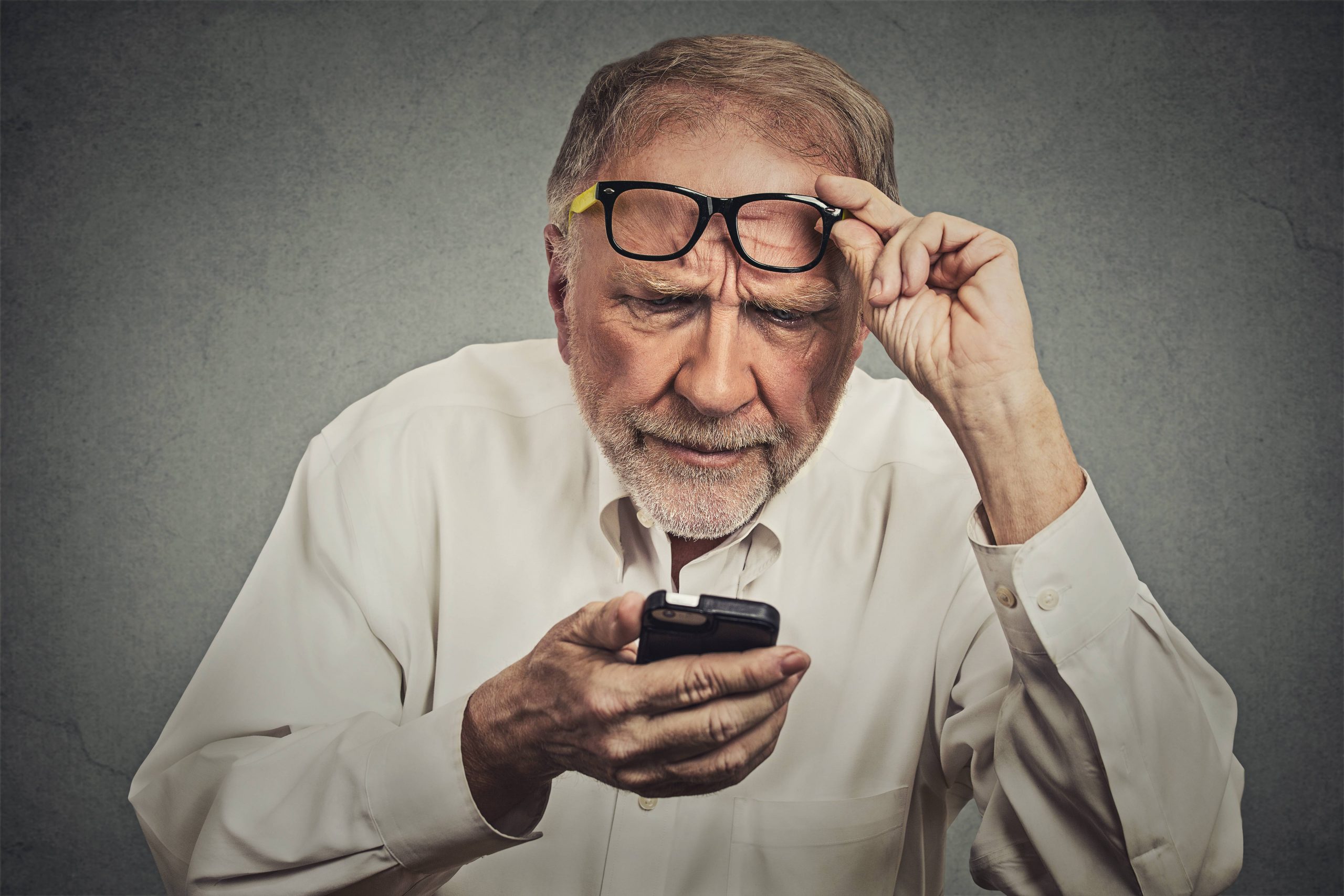Doctor Çağatay Tuğrul Özseçen, “Due to traffic accidents, falls or other causes, light or serious injuries, heart attacks and drowning can be encountered with very dangerous situations at any moment. In such cases, the right intervention can save lives, but the same time, the wrong practices can endanger one’s life. Therefore, our first thought should be to keep in mind the principle of “do not harm firstly” which is the basic principle of medicine” he said.
“The First Intervention which will be done Correct for the Patient is Life Saver”
Dr Çağatay Tuğrul Özseçen who said that “In this context, we should first keep calm and make the first assessment of the patient, but if there is no more educated person around us at the field, then we should decide to intervene. In many cases, the patient’s initial assessment is life-saving. If we do not know exactly the correct intervention to be performed or if we are not sure, the first thing to do is to remove the patient from a dangerous environment by means of appropriate means of transport (especially by protecting the spine and large bones in traumas). If there is any obstacle to breathing, eliminate it (tie, scarf, tight collar, denture, foreign body etc.) and wait for health professionals or trained first paramedical to reach. To do this, we should either call (112) directly or, if we are intervening at that time, we should ask someone to call and help.” explained the most common examples of wrong interventions and what should be done in these cases.
In Case of Fainting, Slapping the Person who has fainted
The cause of short-term unconsciousness may be a decrease in blood pressure, lack of airlessness, great sorrow, or excessive emotional fluctuation and hunger. If the pulse and breathing are regulated, the patient is placed on his back and his feet are raised and he is kept still. If the unconscious person is standing in a crowded and closed area, he / she should be taken to a quiet and open area.
If the patient is having an epileptic seizure, he / she should smell onion
Patients with epilepsy who have had a seizure may harm themselves because of spasms and contractions. Therefore, your priority should be to remove dangerous objects around the patient. A handkerchief or a piece of cloth can be placed between the teeth to prevent the patient from biting his tongue. Onions or cologne that you may be using on to people who is fainted and have seizures may prevent the patient from breathing. Generally, seizures stop within a few minutes, so you should wait for such a situation and notify the healthcare team.
Do not make a heart massage in every choking case
Drowning is a dangerous situation where exposure to intense smoke or excessive water is encountered. When the drowned person is taken out of the water, the pulse, heartbeat and breathing are checked first. If there is a problem, artificial respiration and the heart massage should be done by the trained people.
In case of windpipe blockage, quick hit on back
Again, one of the most common mistakes is to hit the back of someone who has partial obstruction in the trachea. A person who has difficulty in breathing and who has partial blockage should not be intervened in any way and should be encouraged to cough. And of course, those who want to hit the back, should be warned and stopped.
Trying to induce the poisoned person vomiting by using finger
Trying to remove the poisonous substance from the stomach by inducing vomit can cause greater harm to the patient. Therefore the most basic first aid method for digestive intoxication; mouth should be rinsed with water. The patient should never be vomited especially when caustic agents are taken. He / she should seek medical attention.
To apply things on the burns and wounds, like toothpaste, tobacco, sugar
First of all, they are not a medical product, so it would not be correct to suggest that they should be used outside the intended use. In addition, the cleaning of materials such as toothpaste, tobacco, sugar, etc., especially from the burned, injured and sensitive area will be of concern to both the health personnel and the patient.
Many more can be added to these examples. Let’s not forget that every wrong intervention can create great risks for our health. Therefore, sometimes one of the most valuable first aid is to seek help, make his / her transfer carefully, and remove curious people around, without even touching the patient.



